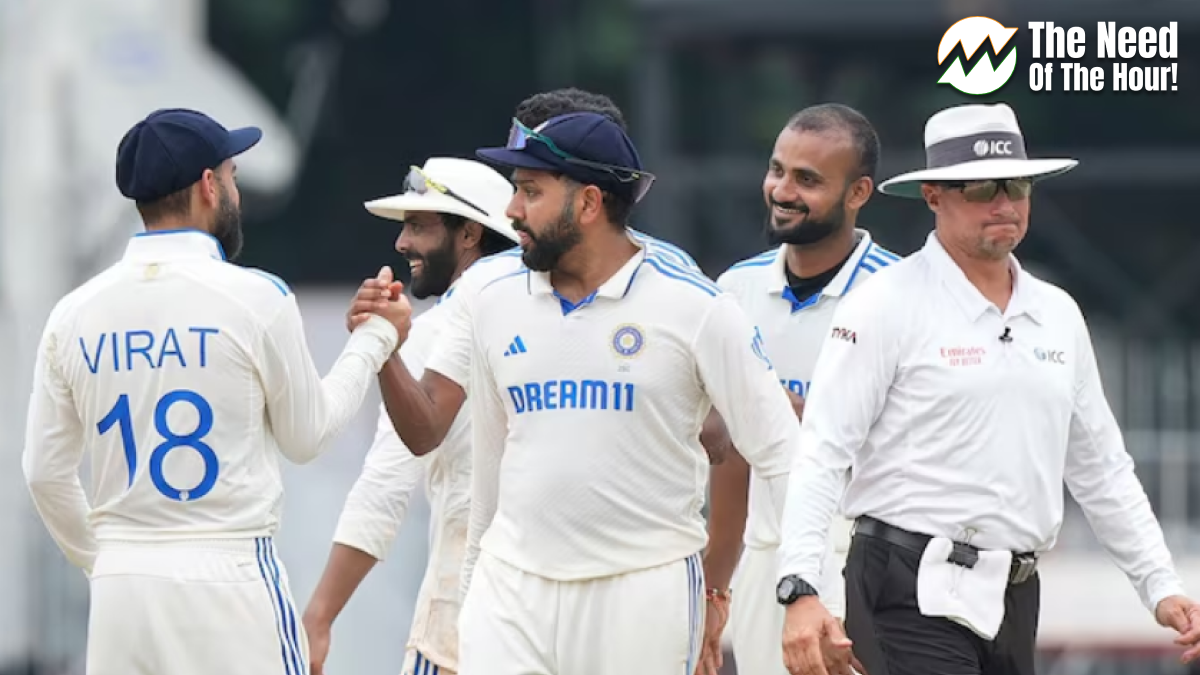India’s journey from cricketing underdog to a dominant force in Test cricket is a story of grit, strategy, and transformation. Over the last few decades, the country has developed into a cricketing superpower, producing some of the best players and delivering consistently stellar performances. This rise is attributed to various factors such as the development of domestic cricket, nurturing talent, building strong infrastructure, and visionary leadership.
Table of Contents
The Early Struggles
India’s foray into Test cricket began in 1932, but success was elusive in the early years. Though cricket was a popular sport, the team struggled against established giants like England and Australia. Until the 1970s, India had very few victories to its name. The turning point came with the emergence of top players like Sunil Gavaskar and Kapil Dev, who proved that India could compete on the global stage and paved the way for future stars.
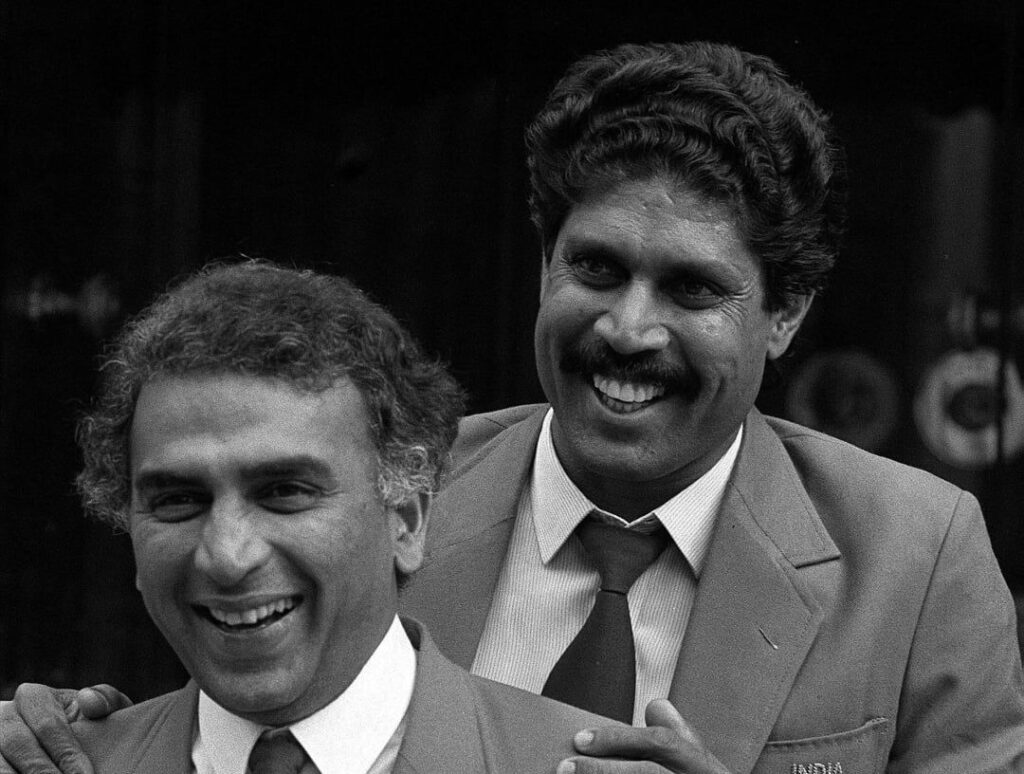
Domestic Cricket: The Talent Breeding Ground
One of the main reasons for India’s rise has been the strength of its domestic cricket system. The Ranji Trophy, India’s premier domestic tournament, has been instrumental in producing a consistent pool of talent for the national team. Players are rigorously tested in domestic matches and learn to adapt to different conditions and pressures.
Read this also: The Net Worth of Mamaearth Co-Founders Crosses 250 Crores
The Indian Premier League (IPL), which began in 2008, has also played an important role, although it is primarily a limited-overs tournament. With its focus on T20 cricket, the IPL has prepared players to face top international talents and the pressure of big games. Many Test players, like Jasprit Bumrah and Rishabh Pant, honed their skills in the IPL before making their mark in Test cricket.
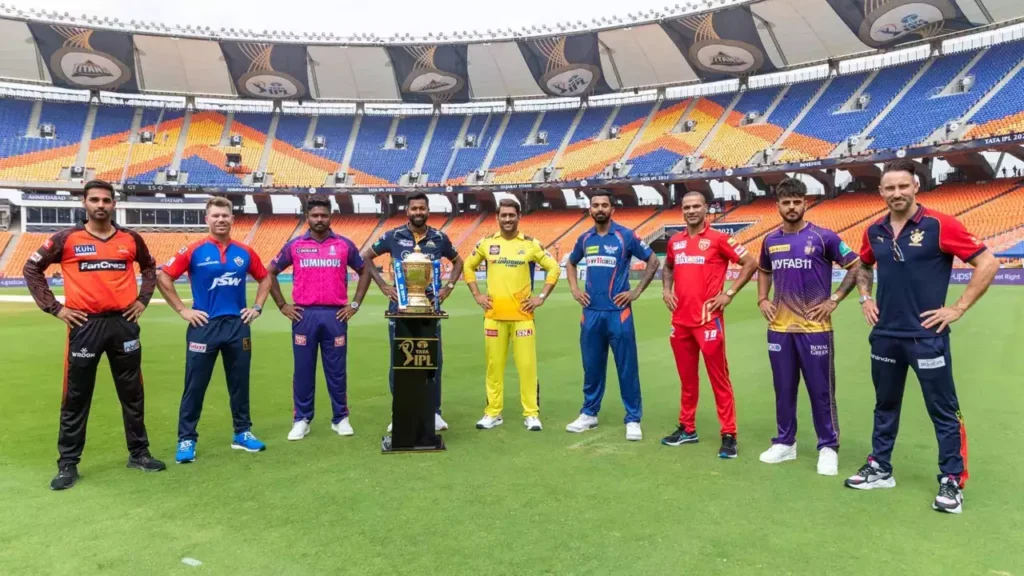
Evolution of India’s Pace Attack
Historically, India was known for its world-class spinners like Bishan Singh Bedi and Anil Kumble, but pace bowling was a soft spot. That began to change in the 2000s, with the emergence of bowlers like Zaheer Khan, Javagal Srinath, and later Ishant Sharma.
Read this also: Air Quality Crisis: 6 Northern Indian Cities Struggle with Pollution, While Southern Cities Breathe Easy
Today, India has become one of the deadliest fast-bowling nations in world cricket. Bowlers like Bumrah, Mohammed Shami, and Umesh Yadav have revolutionized India’s fast bowling. Under captains like Virat Kohli and Rohit Sharma, pace has become a weapon even in foreign conditions, enabling India to win Test series in traditionally difficult venues like Australia and England.
Strong Leadership and Vision
Leadership has been key to India’s success in Test cricket. From the bold captaincy of Sourav Ganguly in the early 2000s, which instilled a fighting spirit in the team, to the quiet leadership of MS Dhoni, who laid a solid foundation, and now the aggressive, forceful style of Virat Kohli, India has benefited from captains with vision.
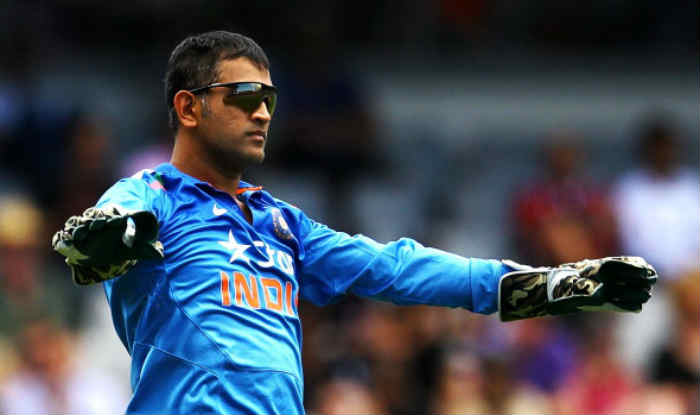
Kohli, in particular, changed the mindset of the team by placing a premium on fitness and the relentless pursuit of success. His aggressive stance in Test cricket helped India win the first-ever ICC World Test Championship in 2021 and cemented their status as one of the best teams in the world.
The Role of Coaching and Support Staff
Behind every successful team is a strong support system, and India’s coaching staff and infrastructure have played a huge role in their dominance. Former head coach Ravi Shastri, along with bowling coach Bharat Arun and other support staff, helped shape India’s approach to fitness, technique, and player management.
In addition, the Board of Control for Cricket in India (BCCI) has invested heavily in infrastructure, from world-class training facilities to professional support systems that ensure players are equipped to handle the rigors of international cricket.
Read this also: 8 Days Turned 8 Months: The Epic Survival of NASA Astronauts Sunita Williams and Barry Wilmore in Space
Strength in Depth
Another key factor in India’s rise is the incredible depth of talent. India’s bench strength is unmatched, with the likes of Shubman Gill, Prithvi Shaw, and Shardul Thakur stepping in when senior players are unavailable. The availability of high-quality alternatives has kept India competitive even in the face of injuries and other setbacks.
This depth also allows India to rotate players, which is crucial to managing their demanding Test schedule, especially when playing back-to-back series in different conditions around the world.
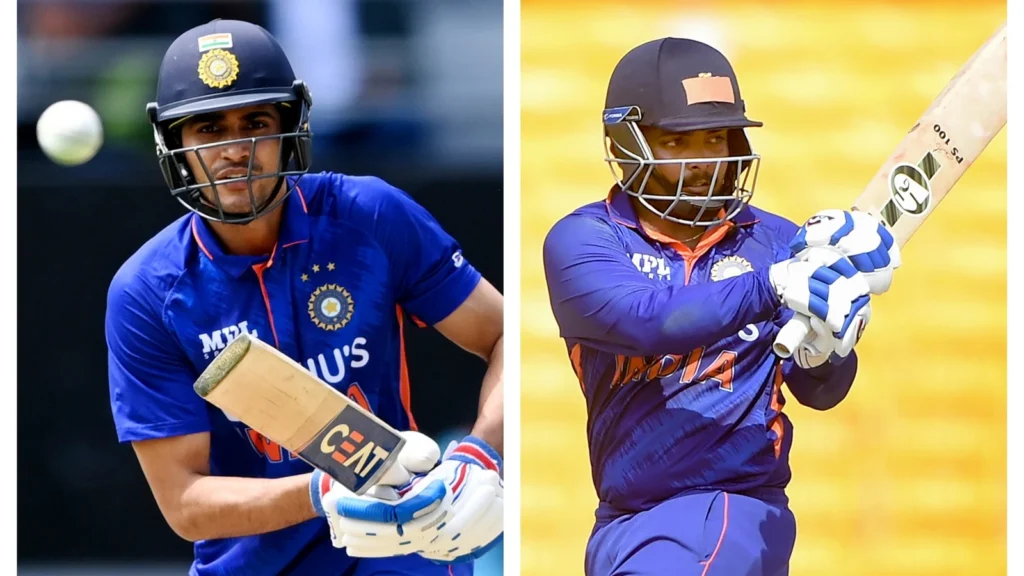
Dominance at Home and Abroad
India’s dominance at home is unmatched. On turning tracks, spinners like Ravichandran Ashwin and Ravindra Jadeja have consistently tormented visiting teams. India secured several consecutive victories by capitalizing on subcontinental conditions, turning their traditional strength into a strategic advantage.
However, what really sets India apart today is its ability to succeed abroad. Series wins in Australia (2018-19, 2020-21) and competitive performances in England and South Africa are proof of their growing stature as a complete Test side.
Read this also: Bhavika Mangalanandan: The Rising Diplomatic Star Representing India on the Global Stage
Conclusion
India’s rise as a Test cricket powerhouse is the result of hard work, talent, and a long-term vision that has paid huge dividends. With a good blend of youth and experience, strong leadership, and world-class talent, India is not only a force to be reckoned with, but also a team that will continue to challenge for the top spot in world cricket. The future of Indian Test cricket looks brighter than ever.

